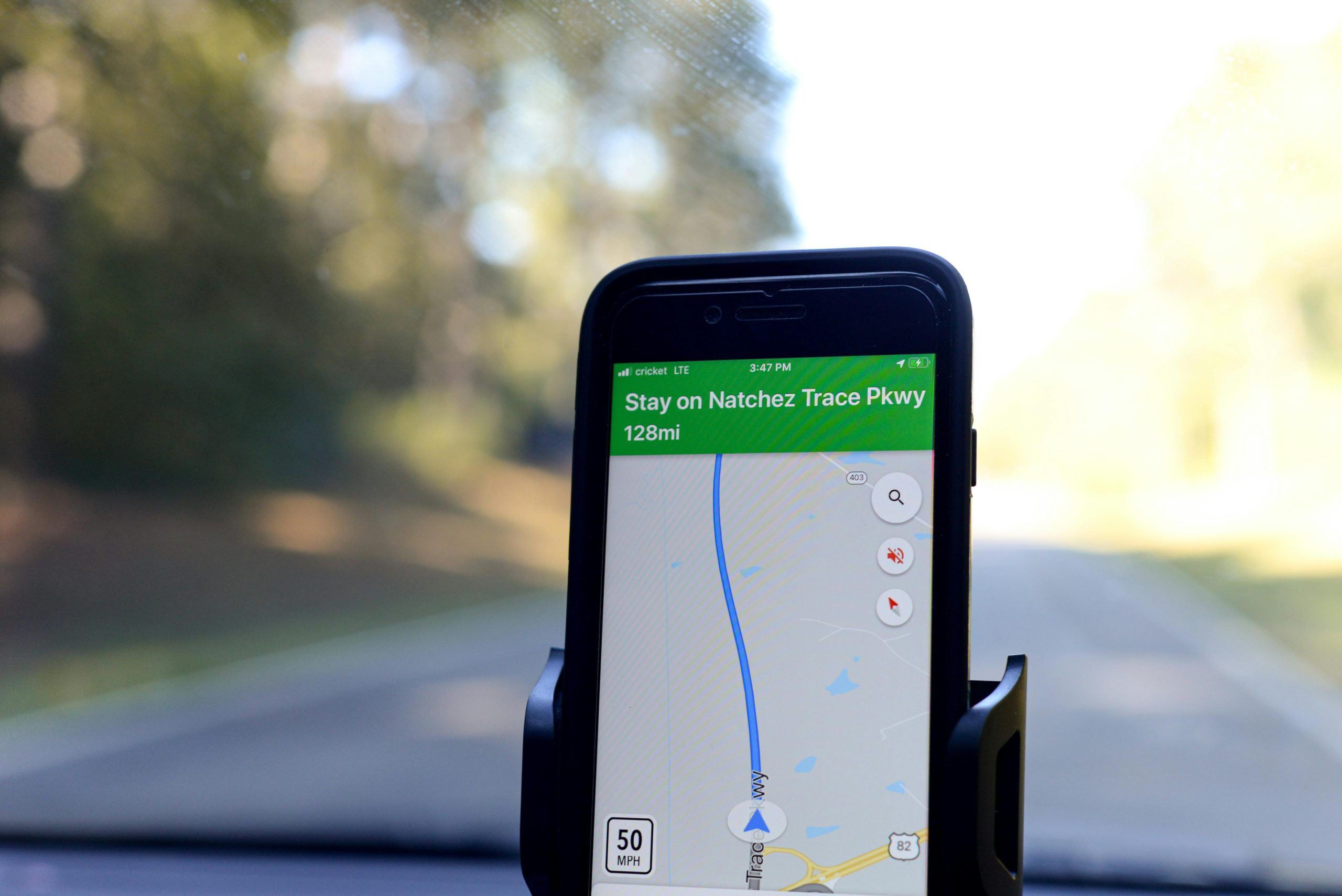Quantum Navigation: GPS Predicting Crowds Before They Form
Have you ever found yourself stuck in a sea of people during a crowded event or rush hour commute? The frustration of weaving through a dense crowd can be overwhelming, with no clear path in sight. However, thanks to advancements in technology and the power of quantum navigation, we may soon have a solution to this problem. Quantum navigation has the potential to predict and navigate crowds before they even form, making our daily experiences in crowded areas much smoother and efficient.
Understanding Quantum Navigation
Before we dive into how quantum navigation can predict crowds, it’s important to understand what it is and how it works. In simple terms, quantum navigation is a technology that uses quantum mechanics principles to determine the position and orientation of an object, such as a person, in real-time. This is achieved through the use of a device that emits photons and measures their reflections off of nearby objects.
Unlike traditional GPS systems that rely on satellites, quantum navigation does not require external signals. It is a self-contained system that operates on the principles of quantum entanglement and superposition, allowing for highly accurate positioning and navigation.
Predicting Crowds Before They Form
One of the greatest advantages of quantum navigation is its ability to predict crowds before they even form. This is because the technology not only pinpoints a person’s current location but also their intended trajectory. By analyzing this data, quantum navigation algorithms can accurately predict the paths of multiple individuals and anticipate where they will intersect and form a crowd.
In addition, quantum navigation can also take into account external factors such as weather, road closures, or event schedules, which may impact crowd formation. This allows for even more accurate predictions and proactive navigation.
Applications of Quantum Navigation
The potential uses for quantum navigation are endless, with the most obvious ones being in public spaces such as train stations, airports, and concerts. By predicting crowding and directing individuals to less congested areas, quantum navigation can significantly improve the overall flow of traffic and reduce wait times for everyone involved.
However, the benefits of this technology can also extend to emergency situations. For example, during a natural disaster or a terrorist attack, emergency responders could use quantum navigation to navigate through chaotic crowds and reach the affected areas faster.
Privacy Concerns
One of the main concerns surrounding quantum navigation is privacy. The technology relies on emitting and receiving photons, which means it can potentially capture images and other sensitive information about individuals within its range. However, developers are working on ways to ensure that this information is not stored or exploited in any way.
Furthermore, the potential benefits of quantum navigation in terms of public safety and efficiency may outweigh the privacy concerns for many individuals.
In Conclusion
Quantum navigation has the potential to revolutionize how we navigate through crowded areas. By accurately predicting and navigating crowds before they form, this technology can save us time and frustration in our daily lives while also playing a role in emergency situations. As the technology continues to develop and improve, we can look forward to a future with smoother and safer crowd navigation.











